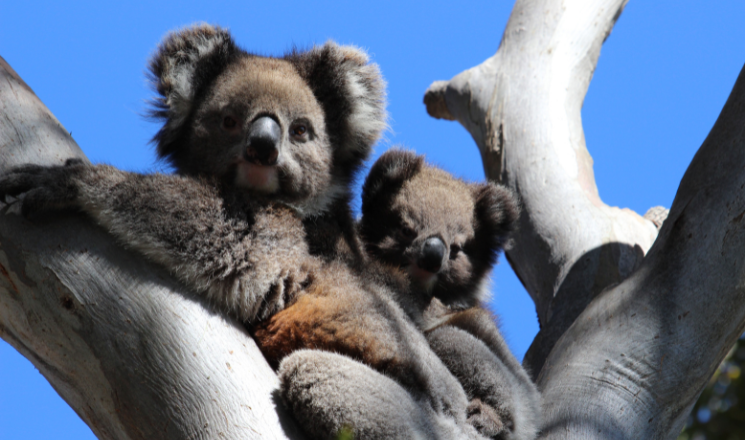Have you ever dreamed of spotting a wombat in the wild or watching a sea eagle soar overhead? Wildlife watching from Hobart, Australia offers those magical moments and more. Surrounded by nature-rich areas like Bruny Island and Mount Wellington, Hobart is the perfect base for exploring Tasmania’s native animals—ethically and respectfully. Whether you’re a first-time visitor or a curious local, this guide will help you experience wildlife up close while keeping it safe and sustainable.
Why Respect Matters in Wildlife Watching from Hobart
First things first—why does respectful wildlife watching even matter?

Well, animals in the wild aren’t performers in a zoo. They’re living their lives, finding food, raising their young, and doing their best to survive. If we get too close, make noise, or feed them (which is a huge no-no), we can easily cause stress or harm. That’s why Hobart’s eco-community emphasizes low-impact tourism and wildlife welfare.
Moreover, Hobart is surrounded by national parks, marine reserves, and forests that serve as fragile habitats. Even a small disturbance can throw off the balance. That’s why respectful behavior isn’t just polite—it’s crucial.
Best Spots for Wildlife Watching from Hobart
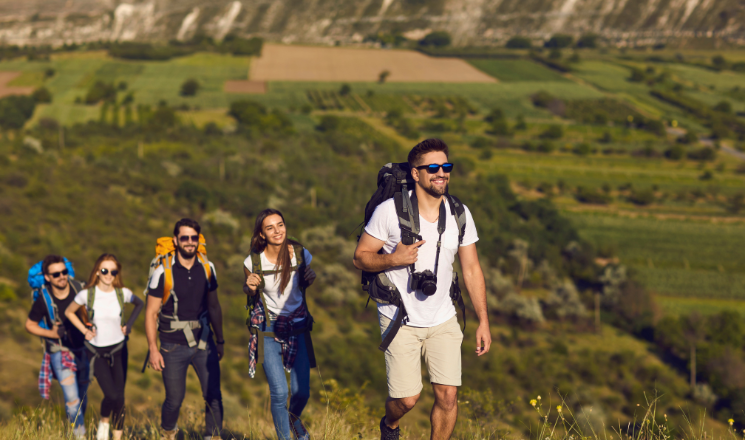
When it comes to prime wildlife spots, Hobart is surrounded by beauty. From forests and mountains to rugged coasts and offshore islands, the options are truly diverse. Here are some of the top locations to enjoy wildlife the right way:
1. Mount Wellington / kunanyi
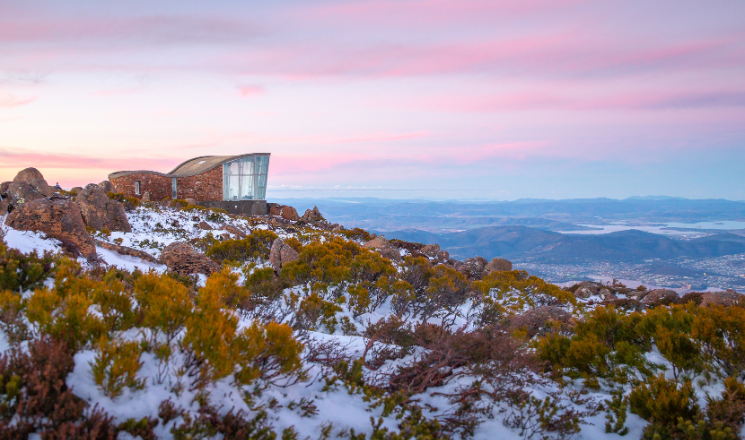
This majestic peak towers over Hobart and offers not just stunning views but also amazing wildlife sightings. You might spot pademelons, echidnas, or even a wedge-tailed eagle. Early mornings or just before dusk are ideal for animal activity. Just stick to the trails and keep a quiet presence.
2. Bonorong Wildlife Sanctuary

Although not technically “wild,” Bonorong offers a fantastic way to meet Tasmania’s native creatures, including Tasmanian devils and sugar gliders. The Bonorong Wildlife Sanctuary
is also a rescue center, so your visit helps protect the animals and fund their care.
3. Bruny Island
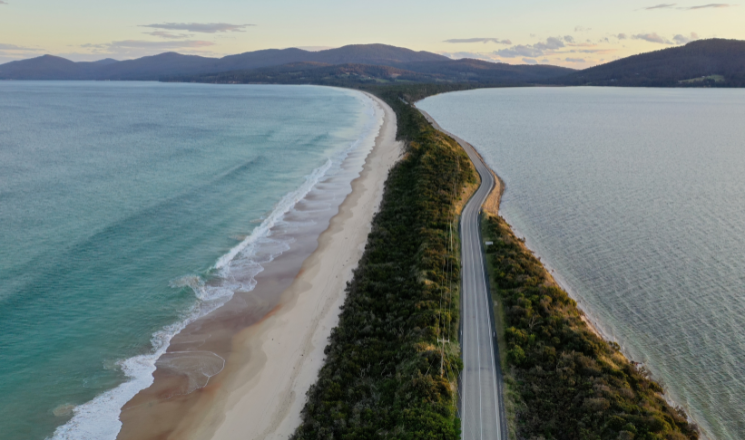
Accessible by ferry from Hobart, Bruny Island is a dream come true for birdwatchers. You can see white wallabies, penguins, albatross, and more. While exploring, remember to walk slowly, use binoculars, and avoid sudden movements. Better yet, join a local eco-tour that respects animal territories.
4. Maria Island National Park
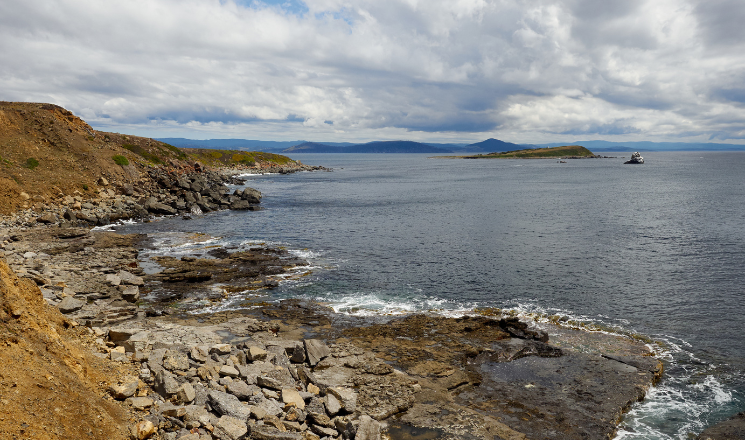
Just a short ferry ride from Triabunna (about 90 minutes from Hobart), Maria Island National Park is known for its untouched environment and plentiful wildlife. You might see wombats, forester kangaroos, and rare birds like the forty-spotted pardalote. Again, the key is to observe, not interfere.
Tips for Ethical Wildlife Watching from Hobart

Want to become a more mindful wildlife watcher? Good on you! Here are some simple yet powerful tips to follow:
1. Keep a Respectful Distance
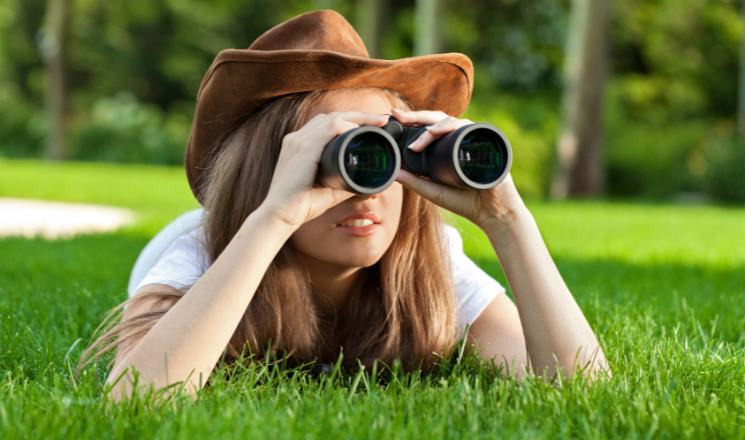
No matter how tempting it is to get that close-up photo, use a zoom lens or binoculars instead. Getting too close can stress animals and even lead to aggressive behavior.
2. Stay on the Path
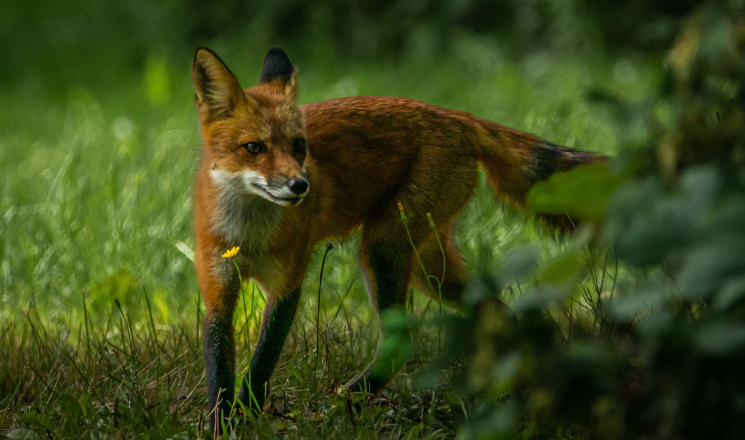

Wandering off trails can damage sensitive habitats and scare away shy creatures. Most parks around Hobart have designated paths for this reason. Let’s stick to them.
3. Avoid Feeding Wildlife
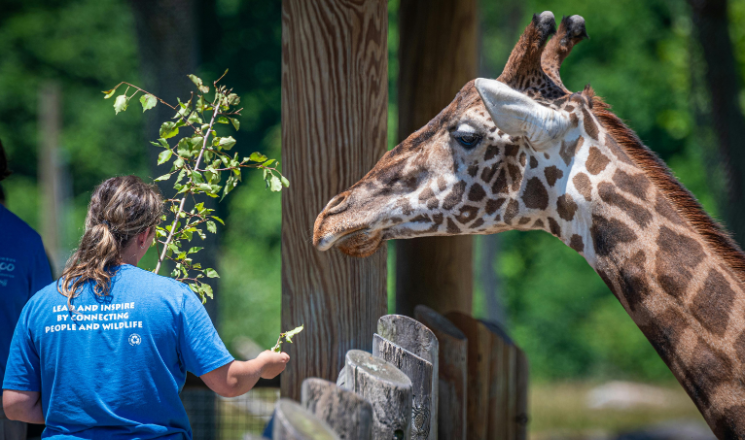
Feeding native animals might seem kind, but it can actually harm their health and make them dependent on humans. Wild animals need to forage for their natural diet.
4. Silence is Golden

Loud noises disturb animals and can cause them to flee. Turn off your music, lower your voice, and soak in the sounds of nature instead.
5. Leave No Trace
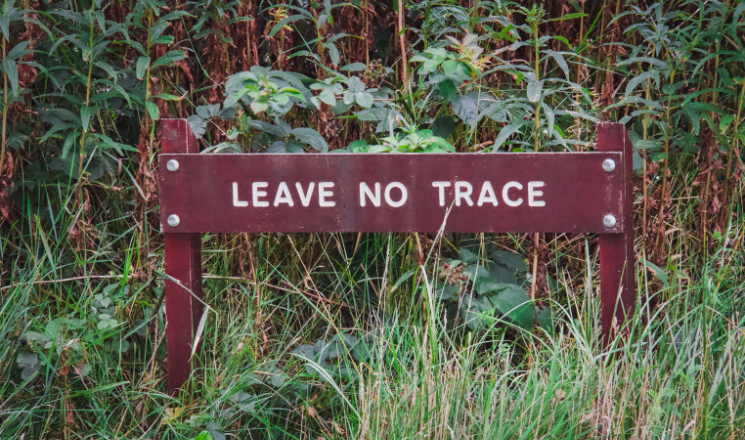
Pack out everything you bring in. Litter not only ruins the view but can also be deadly if animals eat it or get tangled.
Use These Helpful Wildlife Watching Tools

Thanks to technology, respectful wildlife watching is easier and more effective than ever. Here are a few tools that can enhance your experience:
- iNaturalist App: This popular app lets you identify and record the species you see. It also contributes to citizen science efforts in Tasmania.
- Merlin Bird ID: Great for identifying birds by appearance or even their calls. Super useful on Bruny Island or near coastal trails.
- Tas Parks App: Created by Tasmania Parks and Wildlife, this app helps you find the best walks, safety tips, and info on native species.
These tools not only help you learn but also encourage responsible exploration.
Join Guided Tours for a Safe, Ethical Experience
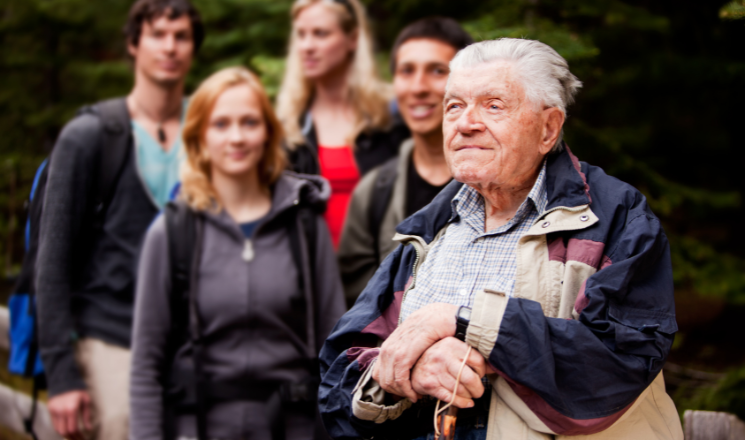
While going solo can be fun, guided tours often give you deeper insights—and they’re usually designed with environmental protection in mind. In Hobart, several local operators specialize in eco-friendly tours that respect nature and educate guests.
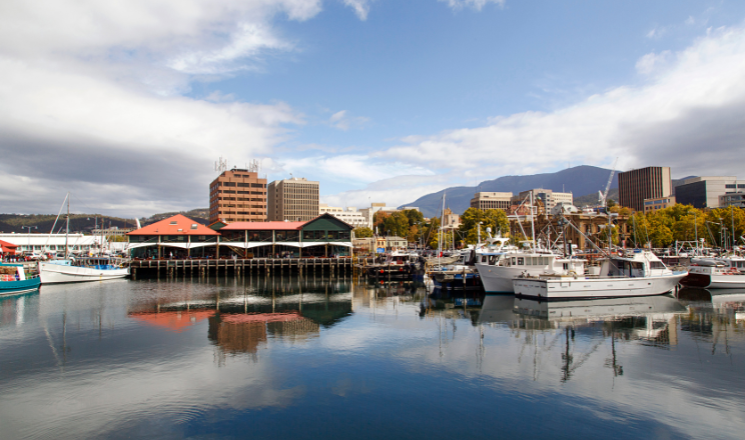
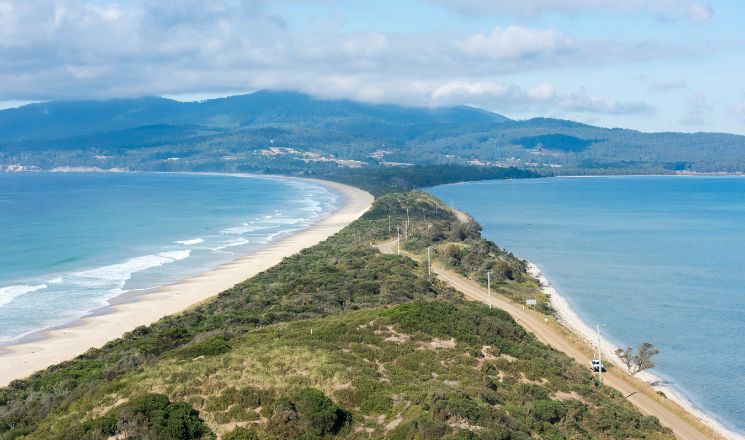
Here are some great options:
- Wild Ocean Tasmania: Offers boat tours where you might spot dolphins, seals, and sea eagles, all without disrupting their habitat.
- Bruny Island Cruises by Pennicott Wilderness Journeys: A certified eco-tour that lets you see marine wildlife up close while sticking to conservation principles.
- Hobart Walking Tours: These offer historical and nature-based walks, some including wildlife areas like Battery Point and Salamanca.
Opting for a reputable guide means you’ll learn more and help support ethical tourism.
Local Wildlife to Watch (But Not Touch)
Knowing what to look for makes your trip more exciting. Here are some of the unique animals you might spot around Hobart:
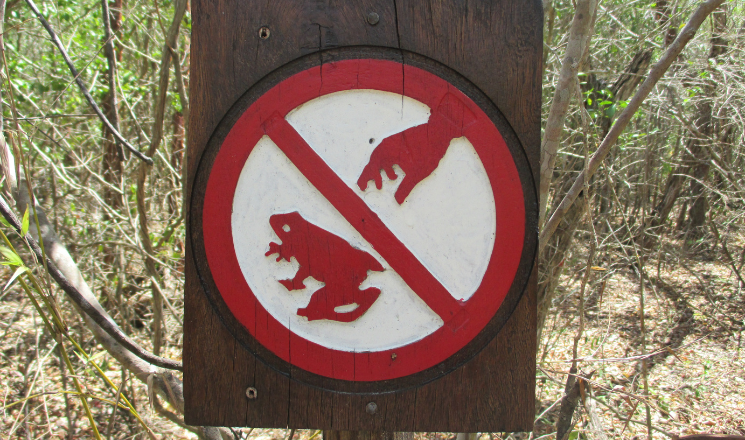
- Tasmanian Devil: Iconic and endangered. Mostly nocturnal, so harder to spot in the wild.
- Bennett’s Wallaby: Common in open areas around dusk.
- Echidna: These spiny mammals are shy but often seen in spring and summer.
- Wombat: Plump and adorable, often seen on Maria Island or in forested regions.
- Black Currawong: A clever native bird that loves to swoop and soar in forested areas.
Remember, the best sightings come when you’re patient, quiet, and respectful.
Best Times for Wildlife Watching from Hobart
Just like humans, animals have daily routines. Knowing when to go increases your chances of seeing something magical.

- Dawn & Dusk: Most marsupials are crepuscular, meaning they’re active at sunrise and sunset.
- Spring & Summer: Breeding season for many birds and mammals. You’ll see more activity and maybe even babies!
- Autumn: Easier to spot birds as they feed up before winter.
Each season has its own rhythm, so plan accordingly and dress for the weather.
How Hobart Supports Responsible Wildlife Watching
Hobart isn’t just a pretty city—it’s a place deeply rooted in conservation and eco-awareness. The Tasmanian government, along with local NGOs and Indigenous communities, works hard to preserve the state’s natural heritage.
In fact, about 40% of Tasmania is protected land, which includes national parks, reserves, and World Heritage Areas. Plus, there are strong regulations in place about drone use, littering, and animal interaction—all to protect what makes this place so special.
Many locals also practice what’s called “leave nothing but footprints” travel. If you follow this mindset, you’re not just enjoying wildlife—you’re helping to keep it wild for future generations.
Final Thoughts on Wildlife Watching from Hobart
Whether you’re a bird nerd, a marine-life enthusiast, or just someone who loves spotting cute animals, wildlife watching from Hobart offers unforgettable moments. But those moments mean more when they’re done with care and respect.
So, bring your camera, pack your patience, and above all—be kind to nature. The animals will thank you in their own quiet way, and you’ll leave with memories that truly matter.

